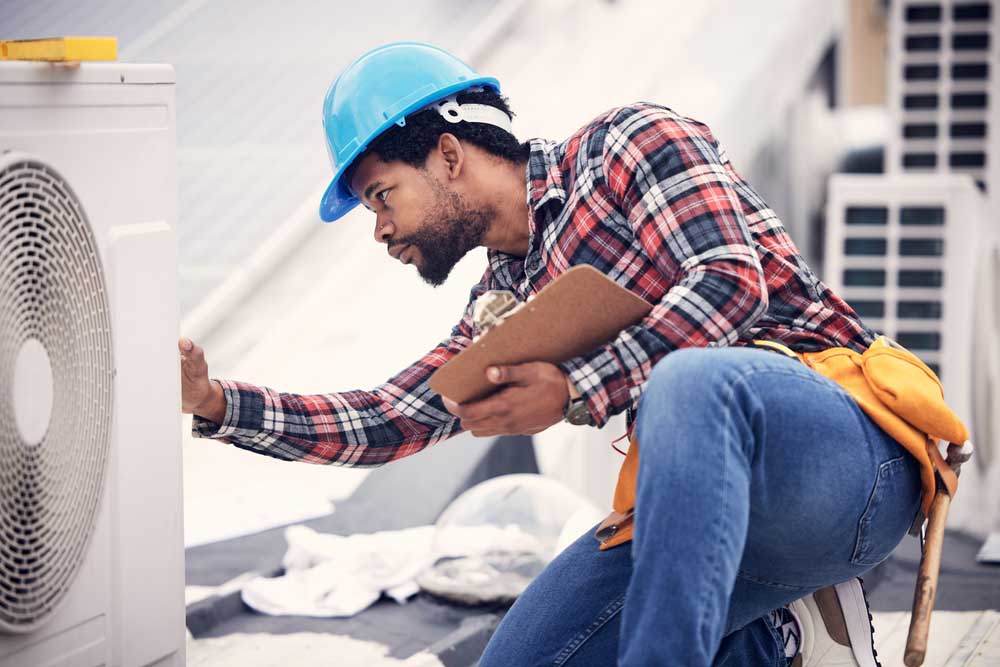
Upgrading an HVAC system often raises the question of whether replacement or retrofit is the smarter choice. In truth, each option has long-term financial and efficiency implications. C. Lee Services provides insight to help property owners weigh the benefits while considering HVAC services in Akron, OH.
What Is HVAC Replacement?
HVAC replacement refers to removing the current system and installing a completely new one. This option is often chosen when a system is outdated, inefficient, or beyond the point where repairs provide value. A new system typically offers improved energy efficiency, updated technology, and lower utility costs. Replacement also minimizes the likelihood of frequent service calls, giving property owners more predictable operating expenses.
What Does a Retrofit Involve?
A retrofit involves updating or modifying components within the existing HVAC system rather than replacing the entire unit. Common retrofits may include new controls, variable speed drives, or advanced filtration systems. Retrofitting is often less expensive upfront and allows property owners to extend the life of their current equipment. It can also provide efficiency gains without the higher cost of full replacement.
Long-Term Cost Savings Comparison
While a retrofit may require less investment initially, replacement often produces greater savings over time. A new system is designed to meet current efficiency standards and often reduces monthly utility bills more significantly. Retrofitting, however, may be more suitable for systems that are still in reasonable condition but need targeted updates. Deciding between the two depends on factors such as system age, energy use, and projected repair costs. For example, if frequent HVAC repair becomes necessary, the cumulative expenses may outweigh the benefits of keeping the existing system.
Considering Maintenance and Reliability
Ongoing costs extend beyond installation. Regular HVAC maintenance plays a major role in preserving efficiency and reliability for both replacement and retrofit solutions. A well-maintained new system can serve efficiently for many years, while a retrofitted system may still be prone to age-related issues. Evaluating the expected lifespan and service needs helps determine which choice will ultimately deliver better value.
How to Choose Between the Two Options
The decision should be based on a clear assessment of current system performance, future energy goals, and budget. Replacement offers long-term reliability, while retrofitting allows for incremental improvements. Working with an experienced HVAC company provides the guidance needed to weigh these options based on both immediate costs and lifetime savings.
FAQs
Q: Can older HVAC systems always be retrofitted?
A: Not always. Very old systems may lack compatibility with modern components, making replacement the more practical and cost-effective option.
Q: How disruptive is the process of HVAC replacement compared to a retrofit?
A: Replacement typically requires more installation time and temporary downtime, while retrofits can often be completed faster with less interruption to daily activities.
Q: Does a retrofit qualify for energy efficiency rebates or tax incentives?
A: Some retrofit upgrades may qualify for local or federal incentives, but full replacements are more likely to meet current energy efficiency standards that qualify for larger rebates.
Whether you choose HVAC replacement or retrofit, professional support makes the difference in long-term results. C. Lee Services offers reliable service backed by 30 years of experience, licensed and insured technicians, and satisfaction guaranteed on every project. Call us today to schedule an appointment.









